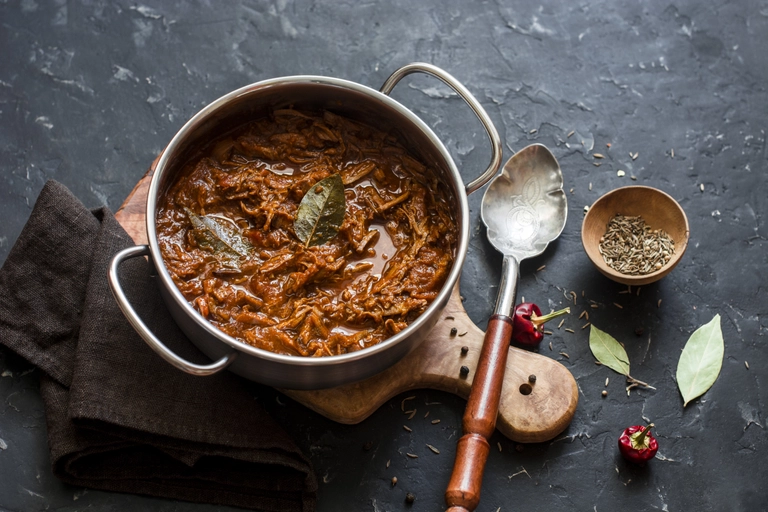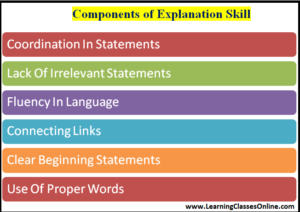
20 Types of Cooking Methods
Baking is a dry heat cooking method that works by transferring energy from hot air to cold food. It cooks a variety of foods and can create a golden brown texture.
Tough cuts of meat like beef brisket require low temperatures over long periods of time to tenderize. A few other cooking techniques include: blanching, shocking (putting foods into boiling water then into an ice bath to stop the cooking process). Other dry heat techniques include: sauteing and frying.
1. Baking
Baking is a cooking method that uses dry heat to cook items like cakes, breads, pastries, and fish. This is often done by placing the food in an oven at high temperatures and leaving it there for a period of time.
Baking allows for the even heating of foods and also helps to tenderise them. This is particularly useful for savory dishes such as casseroles and stews and can allow cheaper cuts of meat to be used as they will become tenderised over the longer cooking time.
Baking can also help to focus the mind on the here and now as it involves thinking step-by-step and following specific instructions. This helps to prevent rumination which can lead to unpleasant thoughts and emotions.
2. Roasting
Roasting is a dry cooking method that surrounds food with hot, diffused air or additional heat sources like an open flame or oven. It enhances flavor through caramelization and browning. This cooking technique is ideal for larger cuts of meat and whole vegetables. It was one of the earliest forms of cooking and is still popular today. A joint of meat or a whole bird is called a roast when cooked this way.
Baking, on the other hand, is more commonly associated with breads and desserts or savory dishes such as pot pies. While the two techniques can overlap — such as using roasted strawberries in a cake — they are generally considered to be separate types of cooking. Both baking and roasting are dry heating methods but the difference is that baking uses a liquid to cook the food, whereas roasting is more of a direct dry heat method.
3. Stewing
Stewing is a moist heat cooking method where small uniform pieces of meat and vegetables are immersed in liquid and slowly simmered. It is often used to make tougher cuts of meat more palatable and tender, and also to infuse foods with rich flavours. The long cooking time helps the ingredients become incredibly tender.
The liquid that is used to stew foods can be a stock, broth or wine. A good stew will usually have at least one acidic ingredient (like tomato, vinegar or wine) which helps break down the connective tissue in tougher cuts of meat and help it tenderize more quickly.
Stewing typically starts by browning the meat of choice, dusted in seasoned flour, on all sides in a hot pan, along with a mirepoix (mixture of diced onions, celery and carrots). The browned bits left behind are scraped into the pot and then the food is added and allowed to simmer away.
4. Braising
The cooking method of braising is great for preparing rough cuts of meat as well as tasty side dishes like root vegetables and tough leafy greens. The technique involves briefly searing the ingredients in a pan (a form of dry heat) then slow-cooking them over low heat in liquid until they are tender.
This combination cooking method, which also includes stewing, creates some of the most flavorful foods and produces fork-tender meats that fall off the bone. Meats such as pork shoulder, lamb shank and beef brisket benefit from the slow, moist heat of this cooking method, as they soften and tenderize during the long, low cook time.
The difference between braise and stewing is that a braises utilizes larger cuts of meat, usually partially submerged in the cooking liquid, while a stew consists of smaller, uniformly cut ingredients completely immersed in liquid. You’ve probably experienced the benefits of braising without realizing it if you’ve ever made a pot roast, beef stew or Louisiana gumbo.
5. Deep Frying
Frying is one of the most popular cooking methods worldwide. It produces foods with a distinctive flavor and crispy surface texture that makes it irresistible to many people. It is also a convenient way to cook food because the frying oil transfers heat much faster than air in baking or water in boiling.
When deep frying, a food is submerged in hot oil. Because the food is completely submerged, it can be cooked on all sides at once and this reduces cooking time. It also produces that characteristic golden brown color by a process called the Maillard reaction.
Using a batter or breadcrumbs helps form a barrier between the food and the frying oil and this can improve its appearance and texture. Because frying oil can reach high temperatures, safety precautions are necessary when working with it. This includes a reliable thermometer to monitor the temperature of the oil and good kitchen tools like tongs to place and remove the food.
6. Moist/Wet Heat
Moist heat uses steam or liquids as the heat transfer medium. It is a gentle cooking method that reduces the risk of food contaminating and can be used to infuse flavors into foods. It is particularly effective for preparing foods that require prolonged or low temperature cooking as the process allows water-soluble nutrients to be reabsorbed by the food.
The most common moist heating methods include boiling and simmering. Boiling occurs when water or another liquid is heated to boiling point which is 212 degrees F. The liquid then has large, vigorous bubbles. It is typically used to cook hearty foods that can withstand the intense agitation of the bubbles. It also helps to soften fibers in tough cuts of meat, fibrous vegetables and eggs.
Stewing is a similar process to boiling but with a reduced amount of liquid. This is a great way to create a richly flavored gravy or stew. It is also an effective technique for tenderizing tough cuts of meat, fibrous vegetables and root veggies like potatoes, carrots and rutabaga.


